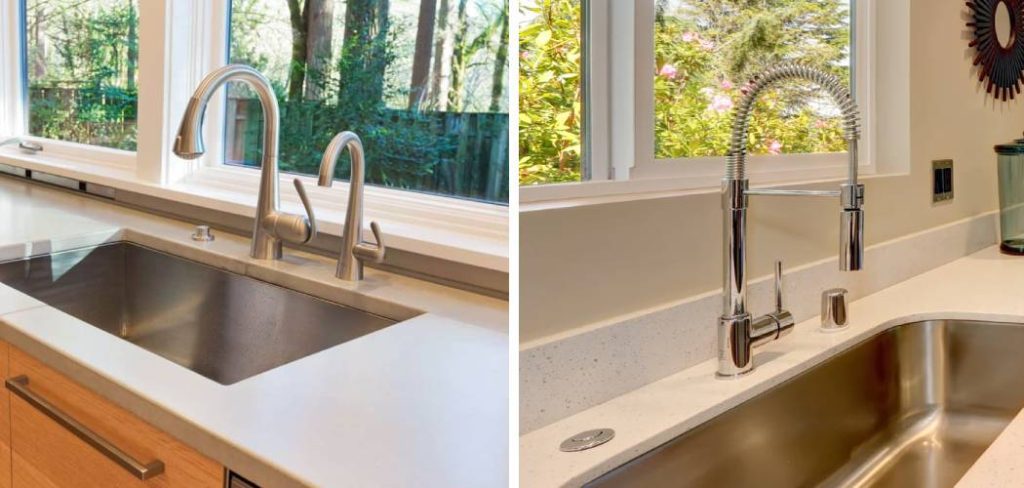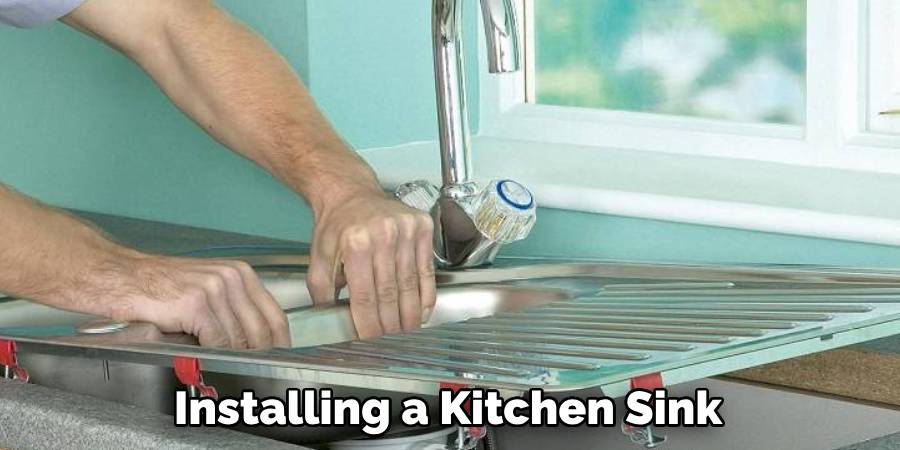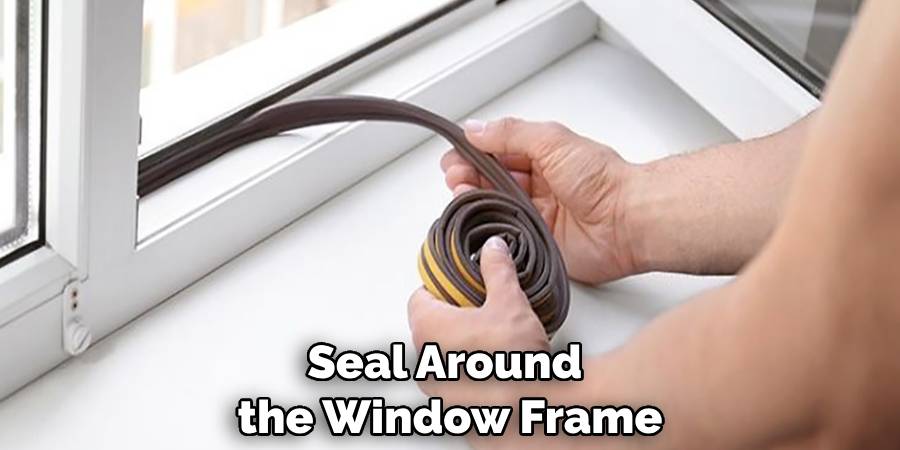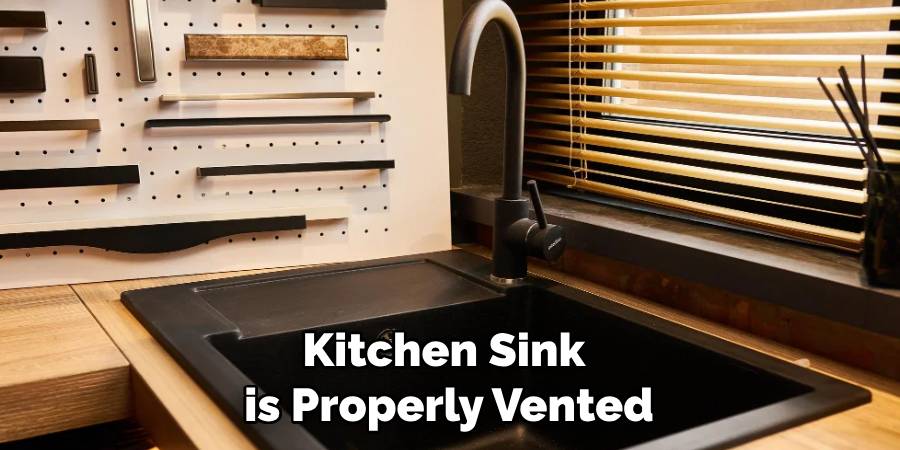Have you ever wanted to add a kitchen sink to the counter space under a window, but worried about how to vent the plumbing without blocking the light? Installing a sink below a window can be tricky, but with some thoughtful planning and execution, it is completely doable. In this post, I will walk through the key steps to properly venting a kitchen sink when installed under a window, from determining vent locations that won’t interfere with the view, to selecting the right vent pipe materials and configurations.

By following some best practices of kitchen sink venting and getting creative with vent routing solutions, you can have your sink and let the light in too. Let’s get started on how to vent a kitchen sink under a window!
What Materials and Tools Are Needed for Venting a Kitchen Sink Under a Window?
Before we dive into the steps of venting a kitchen sink under a window, it’s important to make sure you have all the necessary materials and tools. Here is a list of what you will need:
- Vent pipe material (PVC or ABS)
- Vent pipe fittings (elbows, tees, couplings)
- Drill with hole saw attachment
- Silicone sealant
- Pipe hangers or straps
- Vent cap
- Screwdriver or wrench (depending on the type of vent cap)
Keep in mind that the specific materials and tools you will need may vary depending on your specific installation. It’s always a good idea to consult with a professional plumber or refer to local building codes for guidance.
Step-by-Step Guide on How to Vent a Kitchen Sink Under a Window
Step 1: Measure the Distance
The first step in venting a kitchen sink under a window is to measure the distance between the sink and the window. This will help to determine how much pipe will be needed for the installation. It is important to get an accurate measurement, as having too little or too much pipe can cause problems with the installation.
Step 2: Determine Pipe Size
Once you have measured the distance, you will need to determine what size of pipe should be used for the venting system. The most common sizes are 1-1/4 inch and 2-inch PVC pipes, but other sizes may be needed depending on the specific requirements of your project.
Step 3: Cut Pipe
Once you have determined what size of pipe should be used, you will need to cut it to size using a saw or other cutting tool. It is important to make sure that all cuts are straight and even so that they fit properly when installed.

Step 4: Install Vent Hood
The next step in venting a kitchen sink under a window is to install a vent hood at the top of the pipe where it meets the window frame. The vent hood will allow air from outside to enter into the plumbing system, which helps prevent negative pressure from building up inside the pipes and causing water backups or slow draining sinks.
Step 5: Connect Pipes
Once all of the pieces are cut and ready, it is time to connect them together using PVC cement or plumber’s tape and clamps. Make sure all connections are secure before moving on to the next step in order to ensure proper drainage and ventilation for your kitchen sink plumbing system.
Step 6: Install Air Admittance Valve
An air admittance valve (AAV) is a device that allows air into your plumbing system while preventing sewer gasses from escaping out into your home environment. Installing an AAV at this point in your project will help keep odors away from your kitchen sink area and ensure proper drainage of waste water from your home’s plumbing system.
Step 7: Attach Vent Pipe To Wall
After connecting all of your pipes together, you will need to attach them securely to your wall using screws or hangers made specifically for this purpose. This will ensure that everything stays in place during use and prevent any damage due to movement or vibration over time.
Step 8: Test For Leaks
Before finishing up with installation, it is important to test for leaks by running some water through each connection point in order turn off any valves that may be present at this stage of installation process.. Once everything looks good, turn on all valves once again and check for any leaks one more time before proceeding with the final steps of installation process.
Step 9: Seal Around Window Frame

When installing a kitchen sink under a window, it is important to seal around both sides of window frame with caulk or silicone sealant in order prevent moisture from entering around the edges.. This helps keep mold growth away as well as helping maintain temperature control within room since windows tend let cold air in during winter months if not sealed properly..
Step 10: Install Drainage System
Finally, install drainage system by attaching a drainpipe directly underneath sink’s trap assembly.. This ensures that wastewater leaves house quickly without backing up due slow draining caused by clogs further down line.. Additionally, make sure there no sharp bends present within drainpipe which could cause blockages form within itself over time due buildup debris like food particles hair strands, etc…
Common Mistakes to Avoid When Venting a Kitchen Sink Under a Window
- Not measuring correctly: As mentioned earlier, accurate measurements are crucial for a successful installation. Make sure to double check your measurements before cutting any pipes.
- Using incorrect pipe size: Using the wrong size of pipe can cause problems with drainage and ventilation. Be sure to consult with a professional or refer to local building codes for guidance on what size is best for your specific installation.
- Not sealing properly: Proper sealing is important for preventing moisture and odors from entering your kitchen sink area. Take the time to seal around the window frame and all connections in the plumbing system.
- Skipping testing for leaks: It’s always a good idea to test for leaks before finishing up an installation. This will ensure that everything is working properly and prevent any potential water damage in the future.
- Not consulting with a professional: If you are unsure about any aspect of venting a kitchen sink under a window, it’s always best to consult with a professional plumber. They can provide expert guidance and help ensure that your installation is done correctly. So, if you are not confident or experienced enough, don’t hesitate to seek professional help.

Frequently Asked Questions
Is It Important to Seal the Vent Pipe Connection?
When it comes to installing a kitchen sink under a window, proper ventilation is an absolute must. But is it important to seal the vent pipe connection? The short answer is yes! Without a tight seal, harmful gases such as methane and carbon monoxide could seep into your home, posing serious health risks to you and your family. Plus, a poorly sealed vent pipe connection could lead to unpleasant odors wafting through your kitchen. To ensure your safety and keep your kitchen smelling fresh, be sure to take the time to properly seal your vent pipe connection. Trust us, it’s a small step that makes a big difference in maintaining a healthy home.
How Can I Make Sure the Vent is Airtight?
Venting a kitchen sink under a window can prove to be a challenging task. It is important to ensure that the vent is completely airtight in order to avoid any kind of health hazards that may arise from plumbing issues. There are a few steps you can take to make sure that the vent is airtight. First, you should get the right equipment for the job. This includes pipes, fittings, and elbow joints. Next, ensure that all the connections are properly tightened and sealed using silicone or plumber’s putty. Additionally, consider using a vent cap to keep debris and insects out of the vent. By following these simple steps, you can enjoy a properly ventilated kitchen sink under a window without any worries.
How Do I Know What Size Pipe to Use When Venting a Kitchen Sink?
When designing your kitchen, it’s important to consider all practical aspects, including proper ventilation of your sink. You don’t want to overlook this step, as it can lead to unpleasant smells, moisture buildup, and even mold growth. And if you have a sink under a window, the challenge becomes even greater. So, how do you know what size pipe to use? Well, there are a few factors to consider, such as the distance between the sink drain and the vent, the number of fixtures connected to the same drain, and the code requirements for your area. It might seem overwhelming, but don’t worry – with a bit of research and some expert advice, you can ensure that your kitchen sink is properly vented and functional for years to come.

Conclusion
In conclusion, venting a kitchen sink under a window is not as daunting as it may sound. With some basic knowledge and the right materials from your local hardware store, you can easily vent a kitchen sink yourself. Remember to wear the proper protective gear, limit your exposure to hazardous chemicals, understand your municipality’s plumbing codes and regulations, and take all safety precautions when attempting this task.
When in doubt, consult an expert plumber or home improvement contractor for guidance and assistance. Venting your kitchen sink with a window is an important part of keeping up with regular maintenance that will protect the value of your home and keep things running smoothly over time. Don’t be afraid to try it on your own – just make sure to do it safely! Now that you know how to vent a kitchen sink under a window, why not give it a try?
